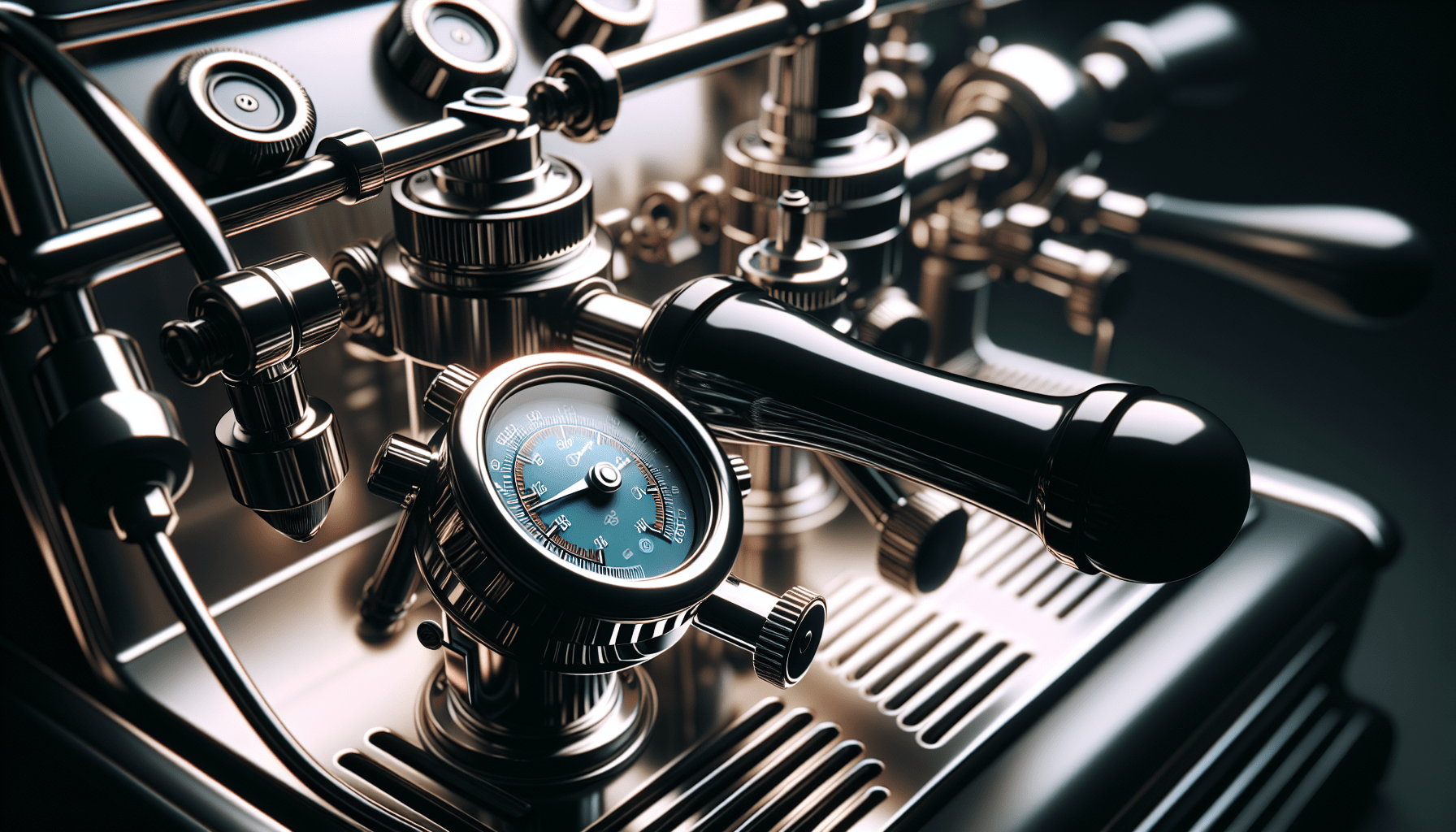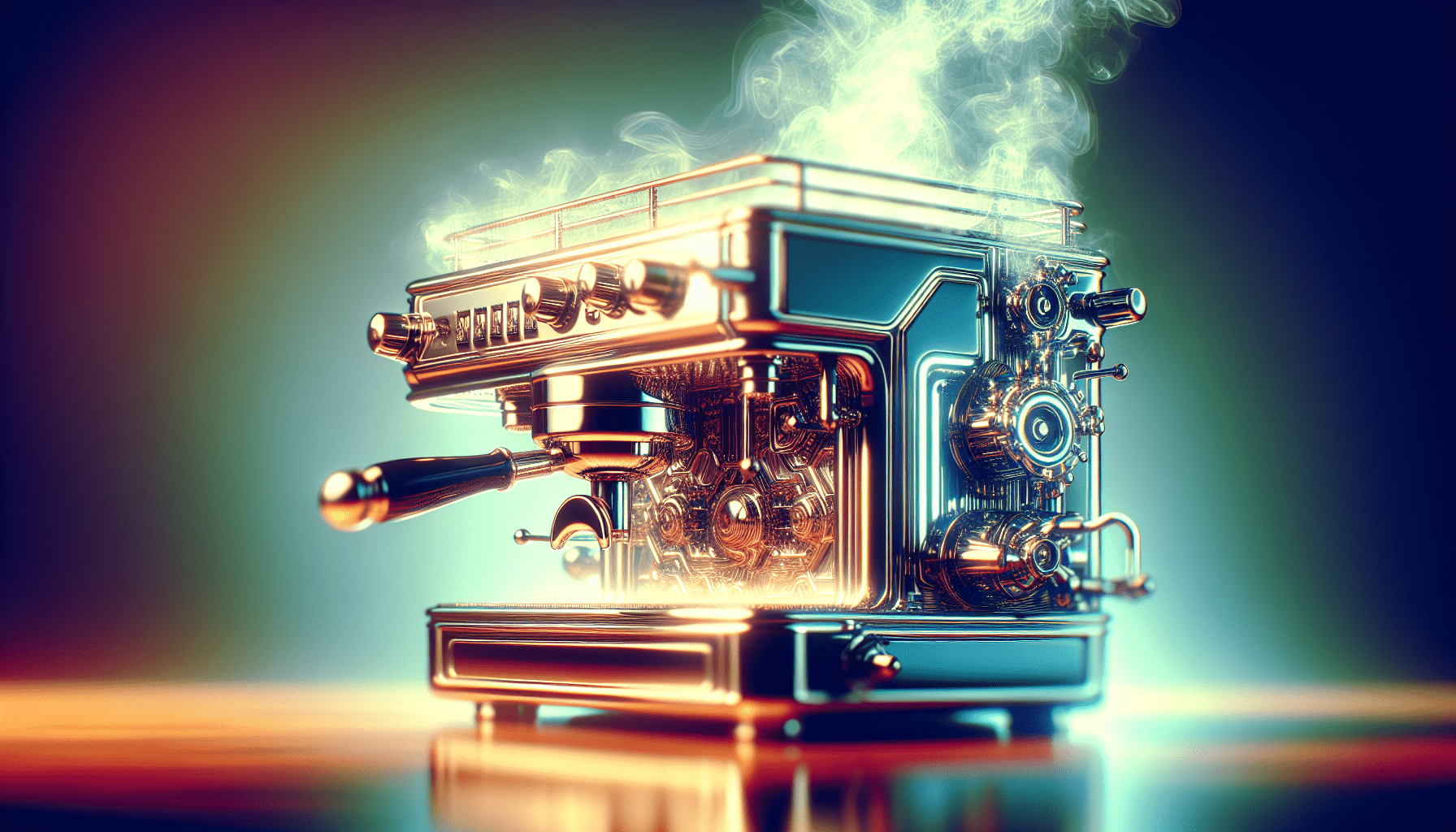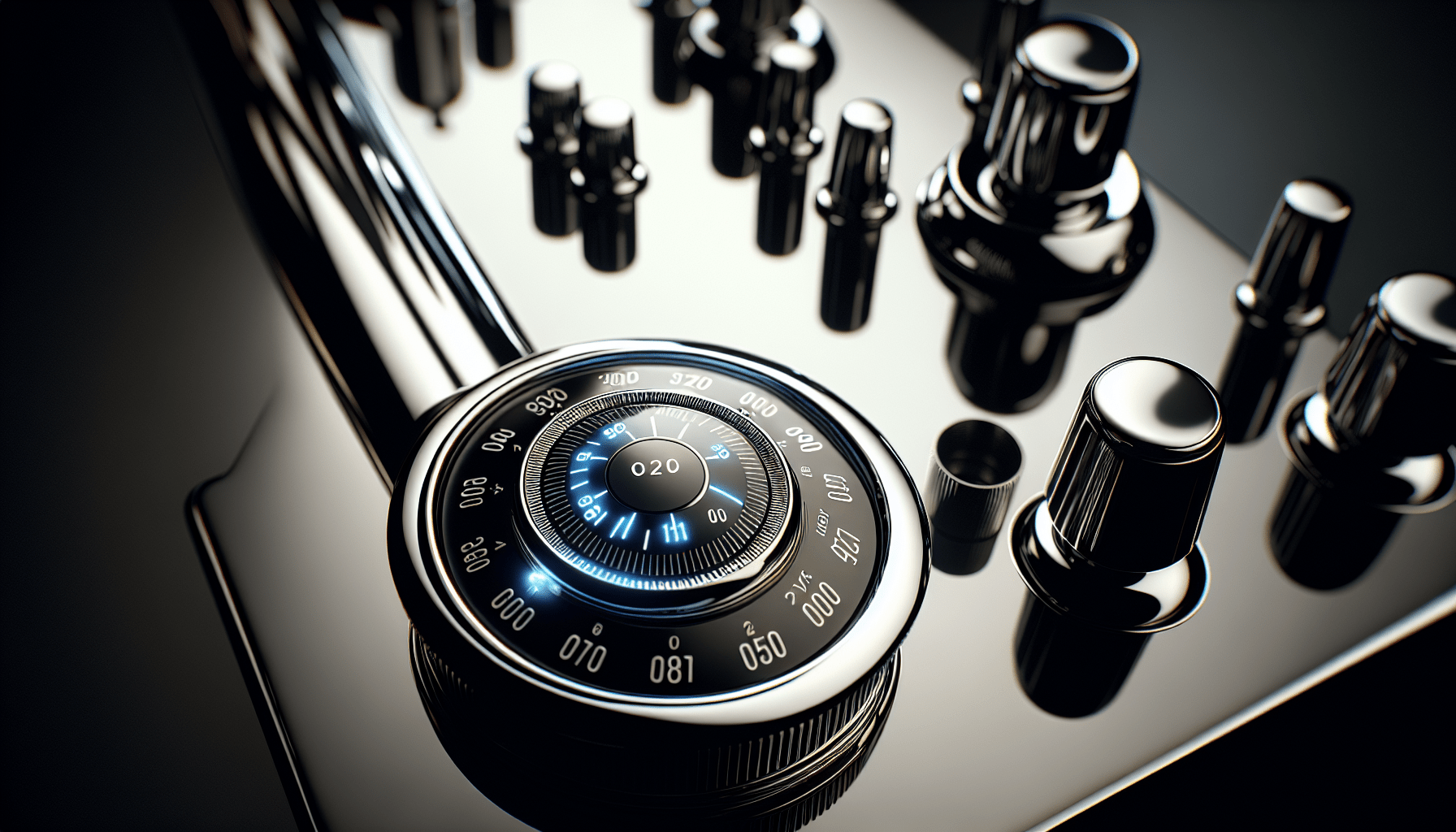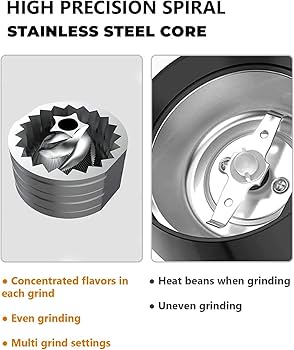So you’ve just invested in a shiny new semi-automatic espresso machine, and now you’re wondering if you have the power to adjust the brewing pressure. Well, I’m here to tell you that the answer is a resounding yes! In this article, we’ll walk you through the step-by-step process of adjusting the brewing pressure on your machine, so you can enjoy your perfect cup of espresso every time. No more settling for less-than-ideal brews – with a few simple adjustments, you’ll be well on your way to coffee heaven. So grab your machine, a cup, and let’s get started!
Understanding Brewing Pressure
What is brewing pressure?
Brewing pressure refers to the force at which water is pushed through the coffee grounds during the brewing process. It is a crucial factor in determining the quality and taste of espresso. The pressure plays a significant role in extracting flavors from the coffee grounds, creating the perfect balance of aroma, body, and crema in your cup.
Why is brewing pressure important in espresso brewing?
The brewing pressure directly affects the rate at which water extracts the coffee compounds. If the pressure is too low, it can result in under-extraction, leading to a weak and sour-tasting espresso. On the other hand, excessive pressure can lead to over-extraction, resulting in a bitter and burnt flavor. Thus, maintaining the ideal brewing pressure is essential for achieving the best-tasting espresso.
Determining the Ideal Brewing Pressure
Finding the recommended brewing pressure for your specific coffee beans
Different coffee beans have different optimal brewing parameters, including brewing pressure. It is recommended to consult the coffee bean packaging or the roaster’s recommendations for guidance. Generally, espresso brewing pressure ranges from 8 to 9 bars, but some beans may have specific requirements.
Considering taste preferences in determining brewing pressure
While the recommended brewing pressure can serve as a starting point, it is crucial to consider personal taste preferences. Some individuals prefer a stronger and more intense espresso, while others prefer a milder and smoother flavor. Adjusting the brewing pressure allows you to customize your espresso to suit your taste buds perfectly.
Experimenting with different brewing pressures
To find your ideal brewing pressure, it’s worth experimenting with different pressure settings. Start by adjusting the pressure slightly higher or lower than the recommended range and pull a few shots. Taste and compare the results to determine which pressure delivers the desired flavor profile. Keep in mind that small adjustments can make a significant difference, so take notes during your experimentation to track your preferences.
Tools and Equipment Needed
Pressure gauge
To accurately adjust the brewing pressure, you will need a pressure gauge. This tool helps you monitor the current pressure level and make precise adjustments.
Adjustment key or wrench
Depending on your espresso machine model, you may require an adjustment key or wrench to access and modify the brewing pressure. Consult your machine’s manual or contact the manufacturer to determine the specific tool needed.
Steps to Adjust Brewing Pressure
Step 1: Preparing the machine
Before attempting to adjust the brewing pressure, ensure that your espresso machine is turned off and disconnected from the power source. This ensures your safety during the adjustment process.
Step 2: Locating the brewing pressure adjustment point
Consult your espresso machine’s manual or contact the manufacturer to locate the brewing pressure adjustment point. It is typically found behind the machine’s front panel or beneath the machine, depending on the model. Use the provided adjustment key or wrench to access this point.
Step 3: Using the pressure gauge
Attach the pressure gauge to the brewing pressure adjustment point. Follow the gauge’s instructions to ensure it is properly connected. Once attached, you will be able to monitor the current brewing pressure.
Step 4: Adjusting the brewing pressure
Carefully rotate the adjustment screw on the machine using the adjustment key or wrench. Clockwise rotation generally increases the pressure, while counterclockwise rotation decreases it. Make small adjustments, turning the screw a quarter or half turns at a time, and monitor the pressure gauge to assess the impact of each adjustment.
Step 5: Testing and fine-tuning the brewing pressure
After each adjustment, it is essential to test the brewing pressure by pulling a shot of espresso. Evaluate the flavor, aroma, and crema to determine if the pressure is at the desired level. If needed, repeat the adjustment process, making smaller increments until you achieve the perfect brewing pressure for your taste.
Common Challenges and Troubleshooting
Machine not maintaining the desired brewing pressure
If your machine struggles to maintain the desired brewing pressure, there may be an issue with the espresso machine’s internal components. It is advisable to contact a professional technician or the machine’s manufacturer for assistance. Attempting to fix internal problems without appropriate knowledge and expertise can cause further damage.
Leakage or inconsistent pressure readings
If you notice leaks or inconsistent pressure readings during the adjustment process, check for any loose connections or damaged seals. Tightening connections or replacing faulty seals can help resolve these issues. If the problem persists, professional support may be required to diagnose and fix any underlying mechanical faults.
Caution: Avoid overadjusting the brewing pressure
While experimenting with brewing pressure is encouraged, it is essential to avoid overadjusting. Excessive pressure can lead to damage to the espresso machine or affect the quality of the espresso. Make small adjustments and monitor the impact on flavor and brewing performance to prevent any adverse effects.
Maintenance and Cleaning
Regular maintenance of the espresso machine
To ensure consistent brewing pressure, regular maintenance of your espresso machine is crucial. Refer to the machine’s manual for specific maintenance procedures, including descaling, backflushing, and general cleaning. These routine tasks help keep your machine in optimal condition and ensure accurate pressure adjustments.
Cleaning the brewing pressure adjustment mechanism
Over time, the brewing pressure adjustment mechanism may accumulate coffee residue or mineral deposits, affecting its functionality. Regularly clean the adjustment screw, pressure gauge, and surrounding areas using a soft cloth and mild cleaning solution recommended by the machine’s manufacturer. This upkeep helps maintain the accuracy and smooth operation of the adjustment mechanism.
Expert Tips and Recommendations
Start with small adjustments
When adjusting the brewing pressure, it is best to start with small increments. This allows you to fine-tune the pressure without making drastic changes that might affect the espresso’s taste. Gradual adjustments provide a better understanding of how each change impacts the overall flavor profile.
Consider consulting the machine’s manual or manufacturer
If you are unfamiliar with your espresso machine’s specific brewing pressure adjustment process, consult the machine’s manual or reach out to the manufacturer for guidance. They can provide detailed instructions or additional tips tailored to your machine’s model, ensuring a successful adjustment process.
Seek guidance from experienced baristas
Professional baristas who have hands-on experience working with espresso machines can provide valuable insights and recommendations. Reach out to a local coffee shop or join online coffee communities to seek advice from knowledgeable baristas. They can share their personal techniques and preferences, enhancing your understanding and proficiency in adjusting brewing pressure.
By understanding the importance of brewing pressure, using the appropriate tools and equipment, following the adjustment steps, troubleshooting common challenges, and maintaining the espresso machine appropriately, you can unlock the potential to brew your perfect cup of espresso. With patience, practice, and a willingness to experiment, you’ll become a master of adjusting brewing pressure and enjoying a customized espresso experience tailored to your taste.




